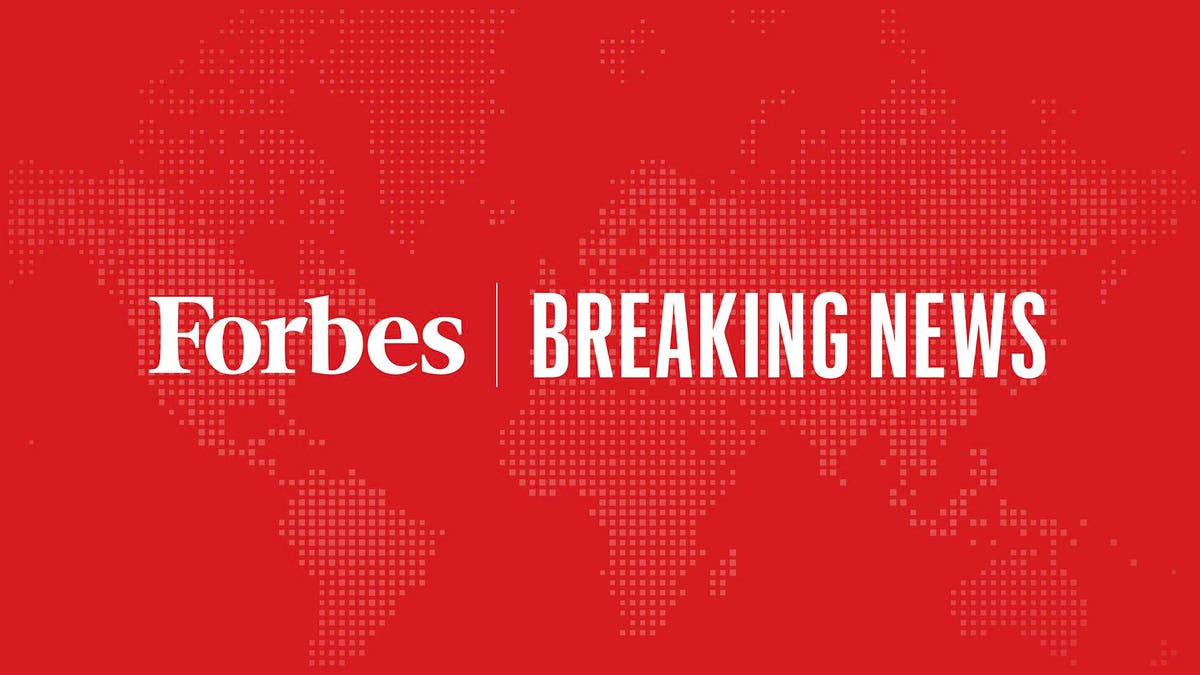Topline
Amid waves of layoffs continuing to hit some of the nation’s largest employers, the unemployment rate unexpectedly ticked up last month despite the labor market gaining significantly more jobs than expected—adding to mixed messages about the economy as the Federal Reserve decides whether it should pause its aggressive campaign to tame rising prices for the first time in more than a year.
Key Facts
Total employment increased by 339,000 in May—far exceeding economist projections of 190,000 after gains in April also unexpectedly climbed, according to data released Friday by the Labor Department.
The unemployment rate, meanwhile, ticked up to 3.7% from 3.4% in April—well above average projections of 3.5%.
So why the disparity? The government relies on a survey of establishments, or companies, to gauge the monthly change in employment, whereas it surveys households, or individuals, to determine the unemployment rate; this household survey showed the number of employed people fell by 310,000 last month.
According to the Labor Department, the establishment survey will count employees working at more than one job (and thus appearing on more than one payroll) separately for each appearance, while the household survey will only count each person once—no matter how many jobs they have—because it surveys individuals.
In a morning note, Vital Knowledge founder Adam Crisafulli said it seems the data is still being skewed “enormously” by Covid-linked distortions, creating mixed signals about the economy.
Key Background
Despite waves of layoffs hitting some of the nation’s largest tech employers, the unemployment rate fell to a 54-year low of 3.4% in January and has remained near historically low levels this year. Job cuts, however, have only become more widespread, with Disney and consulting firm Accenture among those cutting thousands of jobs last month. Employment growth is strong, but “fragmented,” Nela Richardson, chief economist at ADP, said in a Thursday statement. The payroll processor reported private employers added a better-than-expected 278,000 last month; however, it also noted pay growth is “slowing substantially” despite the robust hiring, as leisure and hospitality jobs led gains, while manufacturing and finance lost jobs.
Tangent
The Fed continued its aggressive rate-hiking campaign last month, raising interest rates by another 25 basis points to a top level of 5.25%—the highest since September 2007. Justifying the added pressure, officials noted job gains have been “robust in recent months,” while the unemployment rate has remained low. However, the Fed has since hinted it will pause its tightening cycle at the next meeting, which concludes on June 14, but with inflation still significantly above historical levels, some experts warn more interest rate hikes could be coming—even if not this month. “Another month of above-expectation job gains increases the likelihood that more rate hikes are ahead,” says First American economist Odeta Kushi.
Spring 2023 Layoff Tracker: Zendesk, ZipRecruiter Cut Hundreds Of Jobs (Forbes)
Inflation Unexpectedly Ticks Down—But Prices Still Rose 4.9% In April (Forbes)
Looming Recession For Small Businesses? (Forbes)
Read the full article here












